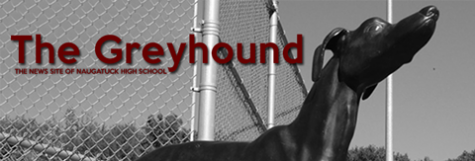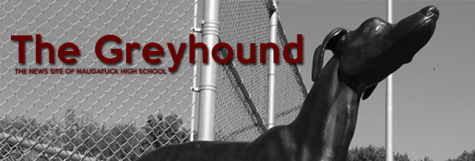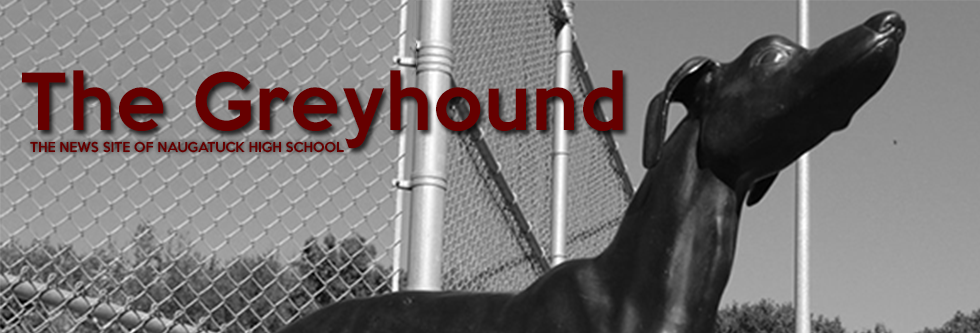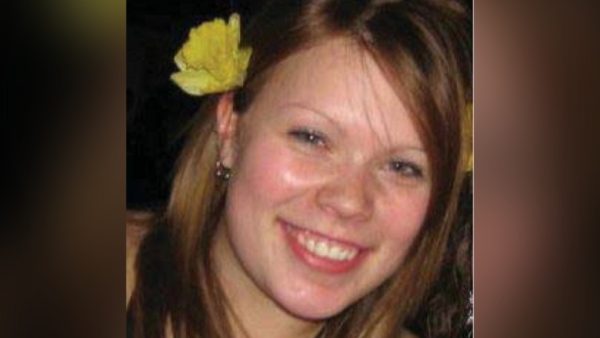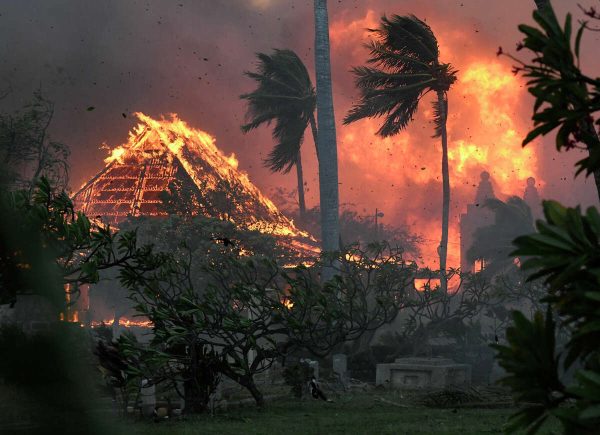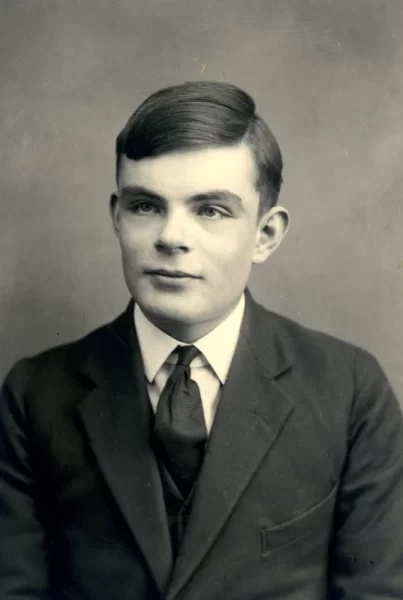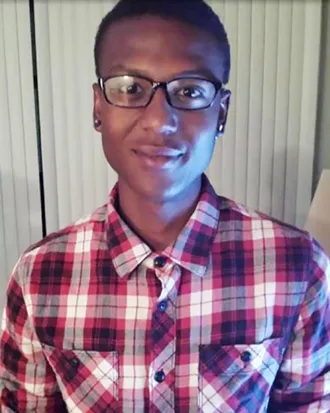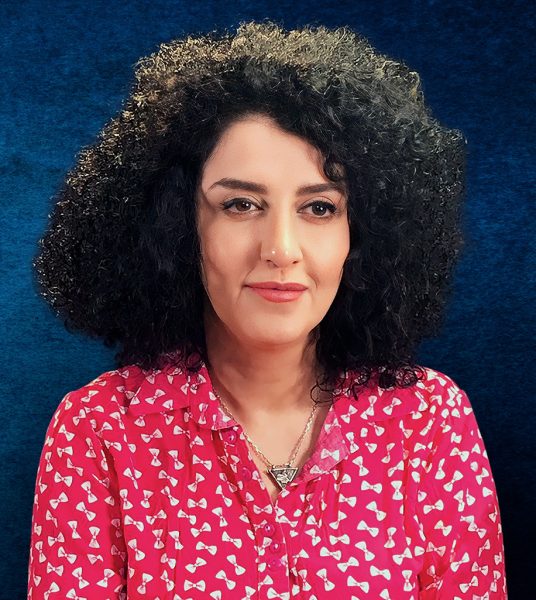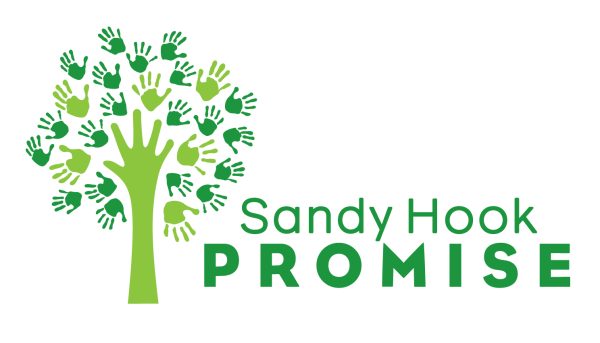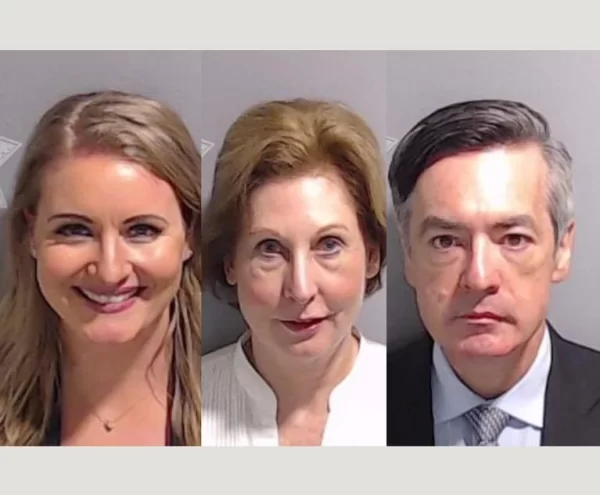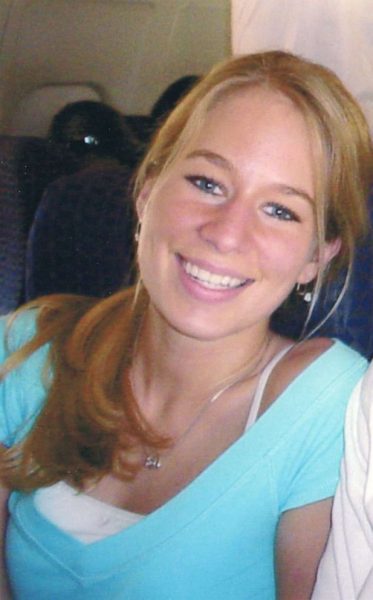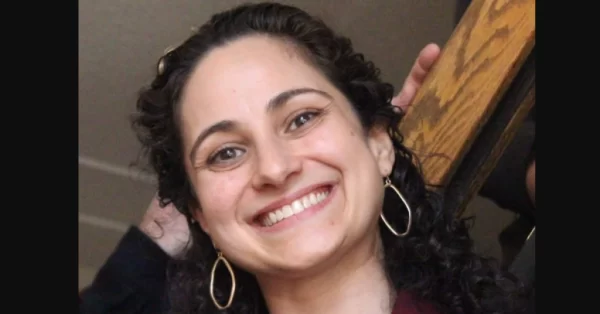Iranian protests signify that a larger issue is at hand
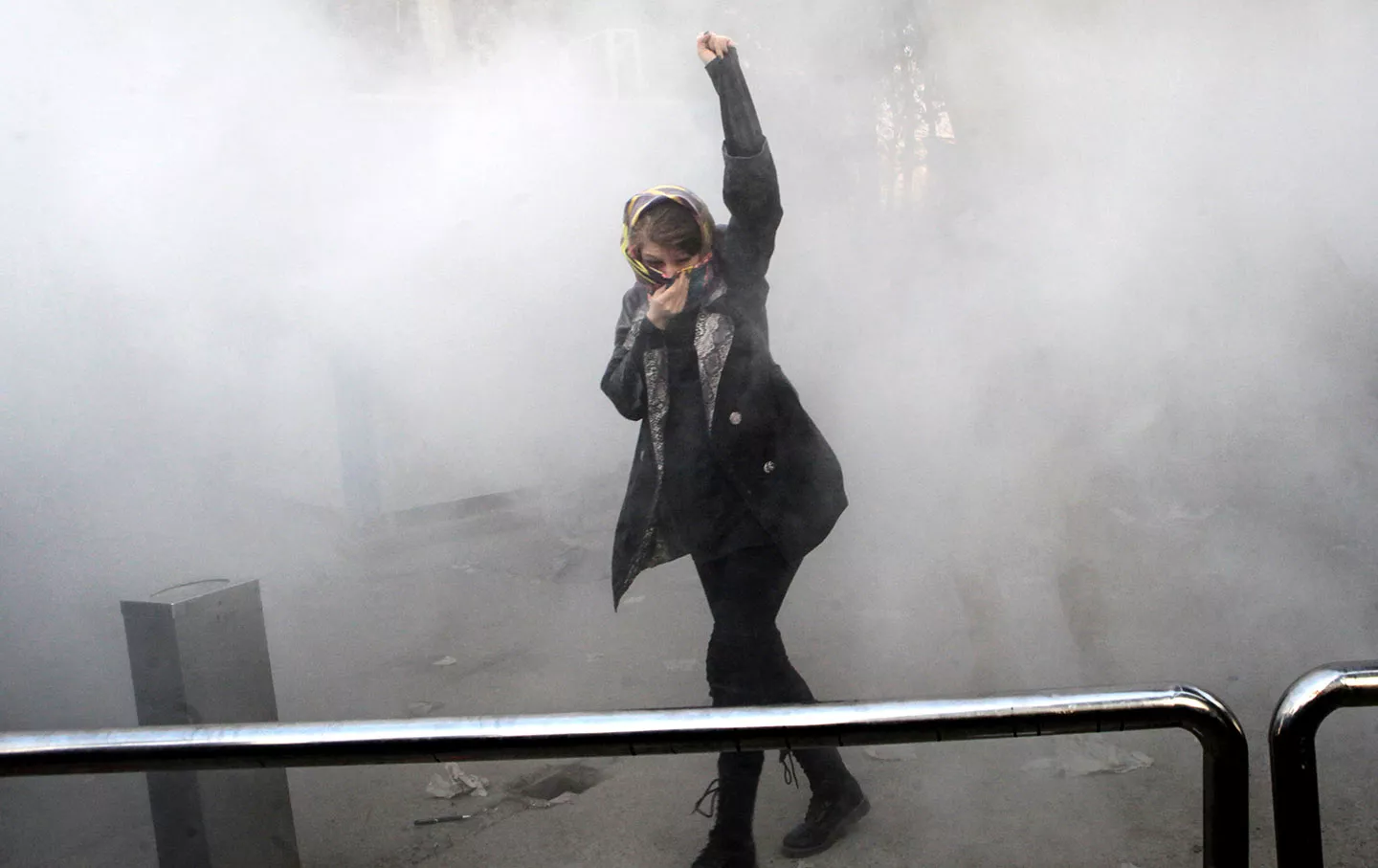
An Iranian student-protester at the University of Tehran (2017)
In late December of last year, socially and economically-distressed groups protested Iranian President Hassan Rouhani, frustrated with the country’s economic state, the resulting social and economic inequalities, and the political system which upholds and furthers it.
Over forty thousand people participated, reportedly ninety percent of demonstrators were younger than twenty-five years old. The protestors were, according to official reports, approximately twenty people have died, a thousand arrested, the number of injuries, unknown.
In nearly every part of the country, the protesters ranged demographically in their concerns, many of middle class or low-income status, unemployed, or students. Notably, half of the Iranian population is younger than thirty years of age and is well-educated, the literacy rate among adults is well-above ninety percent and increases in the younger demographic.
The protests rhetorically condemned Iranian President Hassan Rouhani, expressing their disapproval of his performance in office and his recently proposed budget for the new fiscal year in which government-subsidies for the poor were significantly cut and fuel prices increased by nearly fifty percent.
Reportedly, many of the protests were organized by opposing political forces. President Rouhani has been the target of criticism, much of which concerned his funding of religious institutions and organizations.
Much of the newly-produced economic growth is unequally distributed, disproportionately benefiting the religious and political establishment and upper class–a fact evidenced by his recent budget proposal, in which funding for social-economic programs was considerably reduced and funding for religious groups was significantly increased.
Ultimately, to understate the situation, the protests expressed the discontent of the Iranian people, of nearly all backgrounds, for the policies and actions the political and religious establishment which have continuously and effectively discouraged and disillusioned the population.
The last two years were marked by demonstrations in which teachers, laborers, and pensioners expressed their frustration with low, reduced, or unpaid salaries, wages and pensions.
Early last December, university-students protested against the government’s alleged human rights violations and the nation’s political culture in which the voices of the underprivileged class are suppressed, and their interests ignored.
The situation in Iran has economically improved in recent years. Previously targeted by sanctions from the United States and United Nations for its nuclear weapons program, Iran has experienced years of economic growth resulting from the easing of international sanctions as part of the Joint Comprehensive Plan of Action (JCPOA), commonly referred to and widely formed as the “Nuclear Deal” in American politics and media.
While Iran’s GDP has increased by five percent, much of that increase through trade and investment with other nations, especially of those of Europe, that growth is not experienced by the lower classes.
It is was commonly hoped that the deal would end the political and economic state of isolation which Iran existed due to the prevalence of international economic sanctions.
Law enforcement officers quickly and forcefully responded to the protests, the majority of which have subsided in the last few weeks.
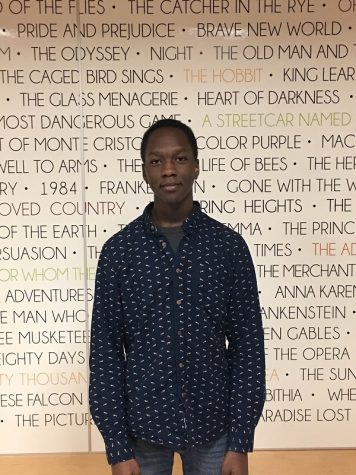
I am in 12th grade. I would like to study political science at the post-secondary level. I chose to study journalism because the critical thinking and...
